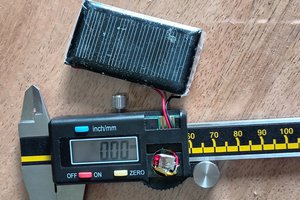A friend of mine recently took on a massive 52 mile walk over 24 hours and since part of it was in the dark he wore a head torch. I thought about how people wear reflective strips so that cars can see them but they were not wearing anything else to keep them visible.
I thought it would be cool to build a cheap and long-lasting solar powered light to keep the wearer visible at night.
The project took inspiration from cheap garden solar lights but toned down the need for bight illumination and focussed instead on low level light that can last a very long time on a small solar charge.
The project is currently working in the 0.6ma range from 2 rechargeable AA batteries, the lower the voltage the lower the current draw. This should give an extremely long life to the batteries on a minimal charge from the sun.
Project overview (2 minute video):
My first prototype:
Initial experimentation:
 David Watts
David Watts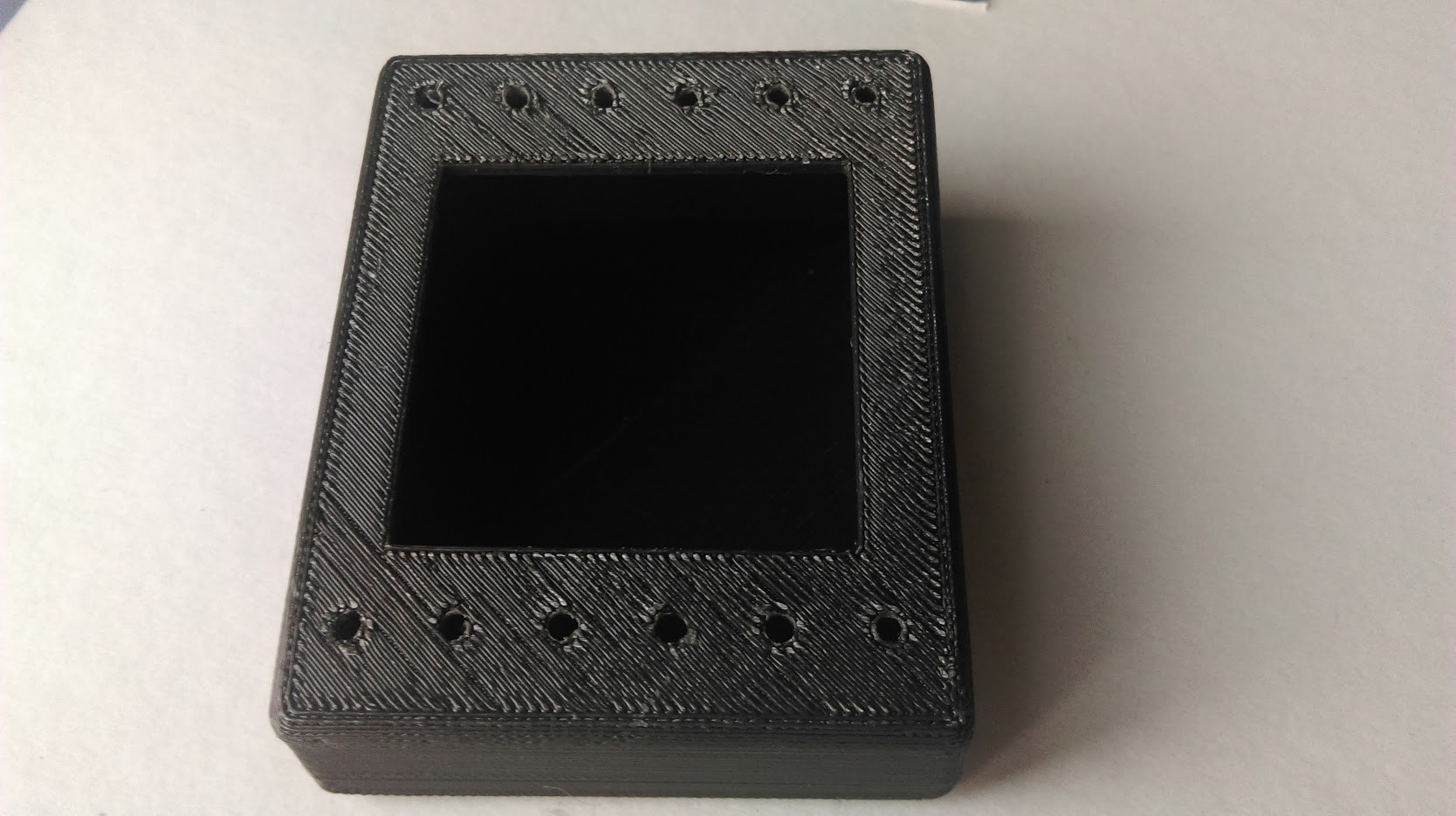
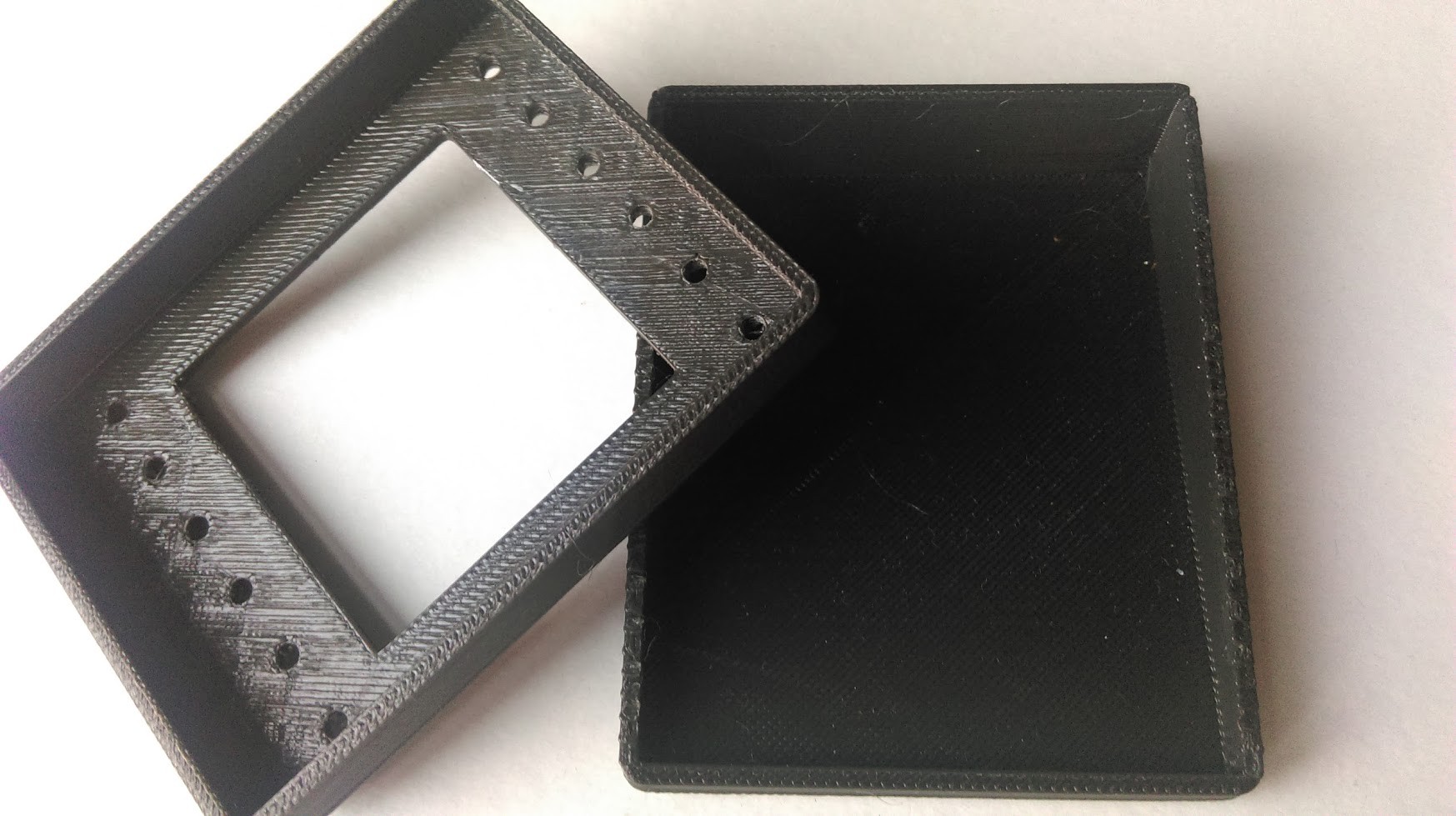
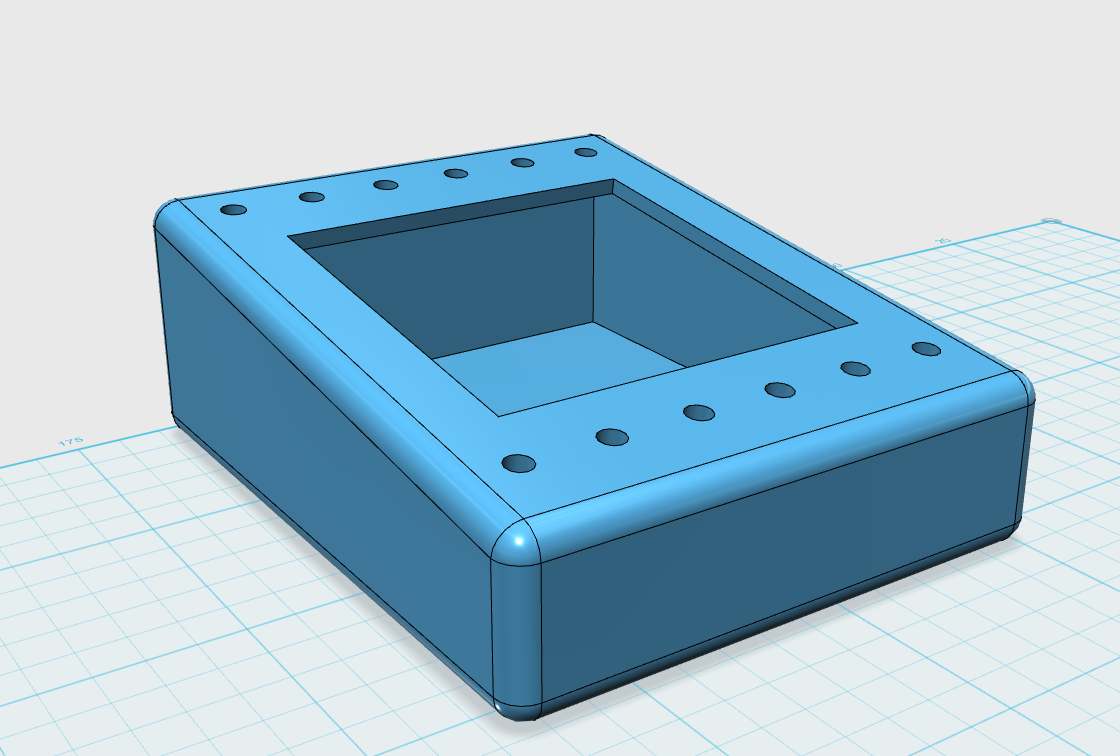
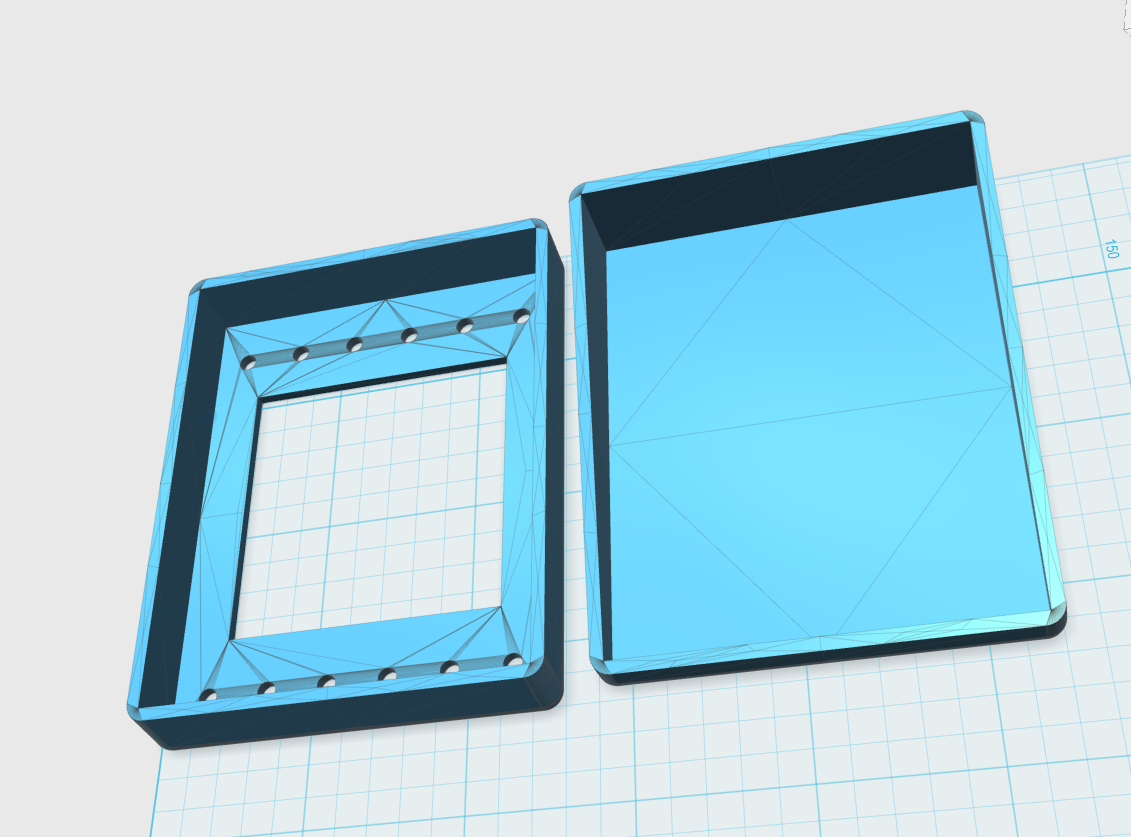
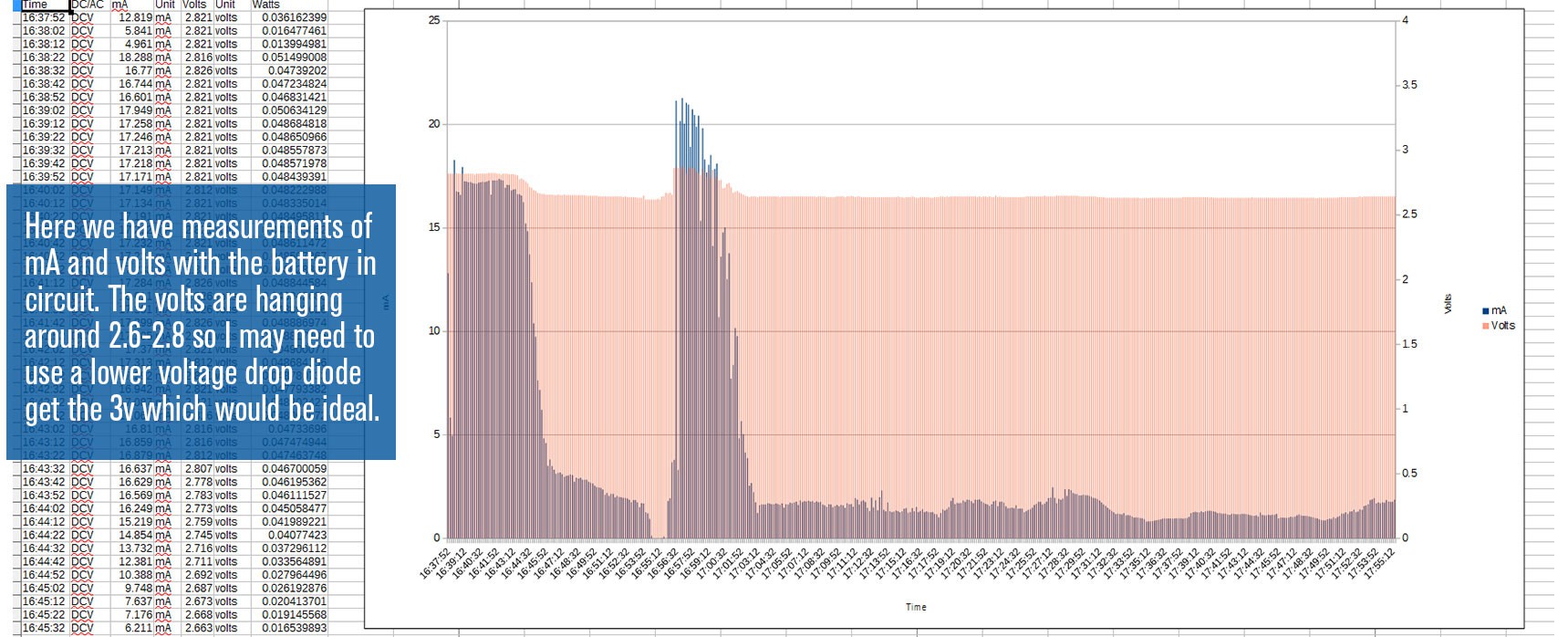
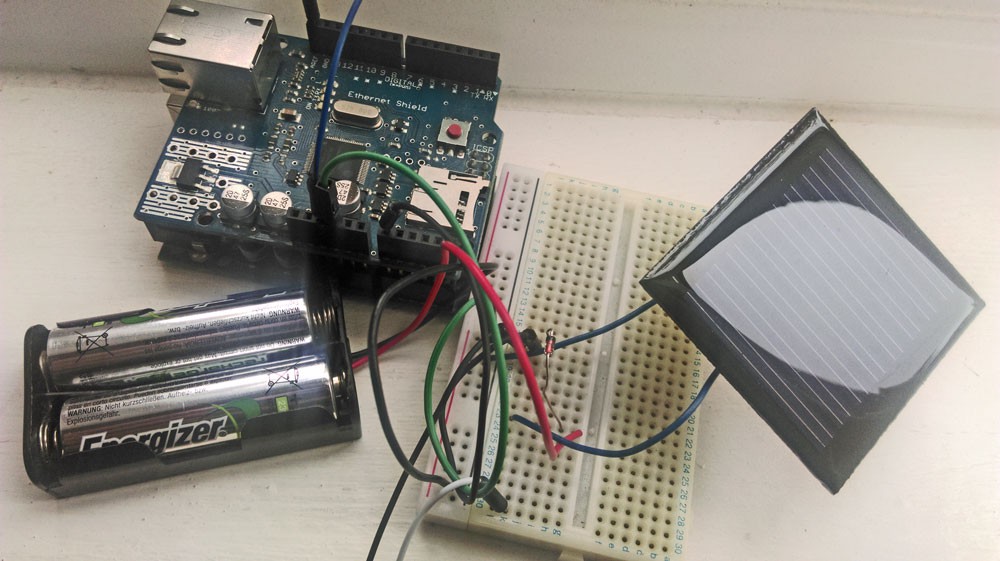
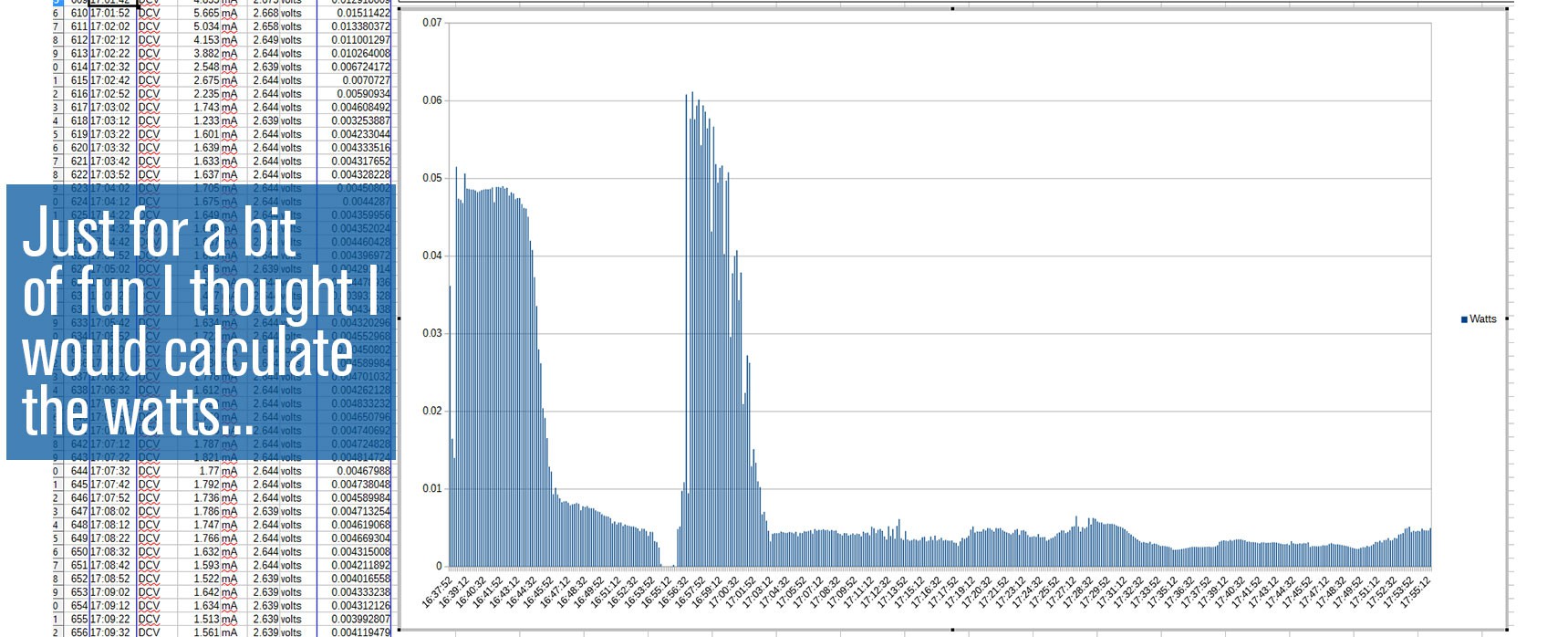
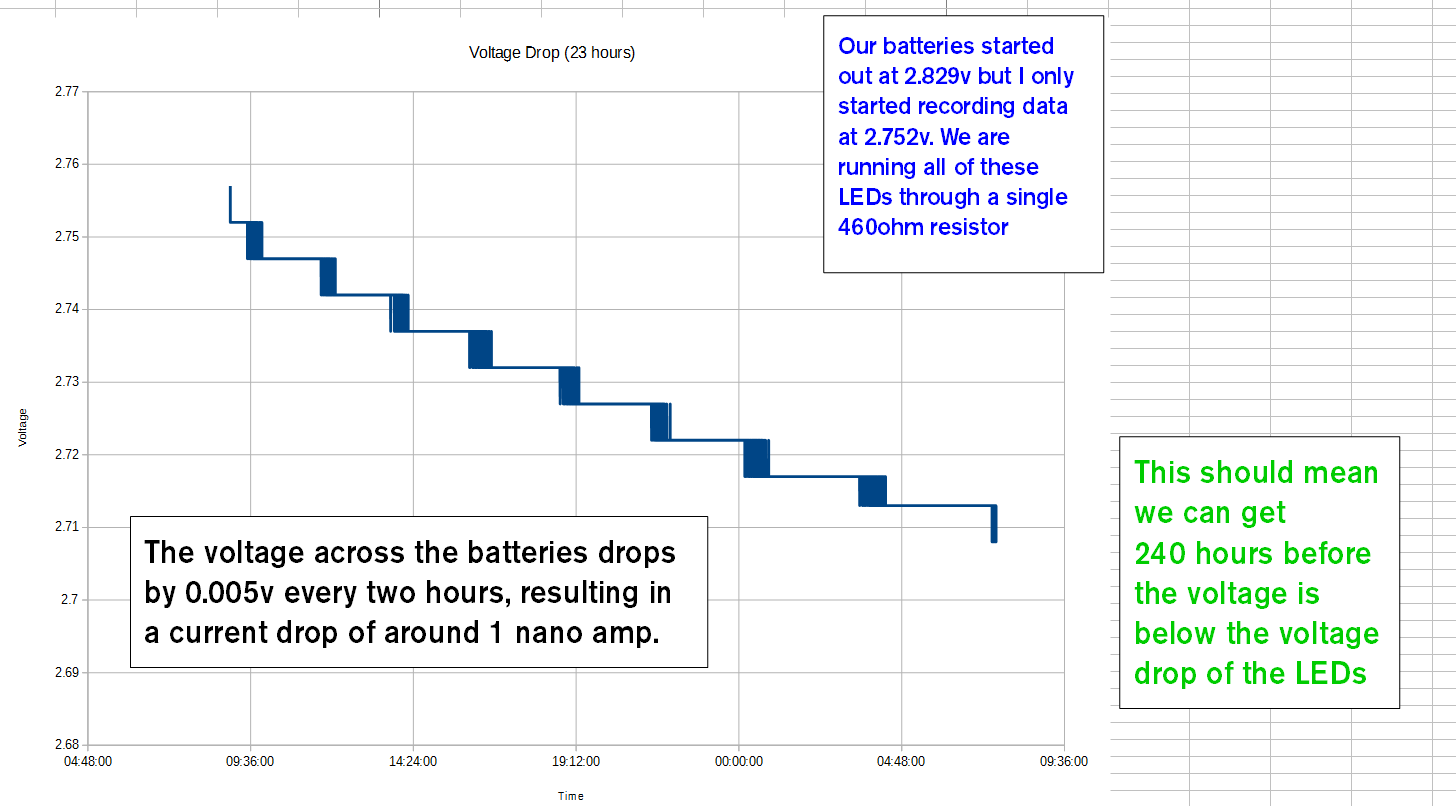
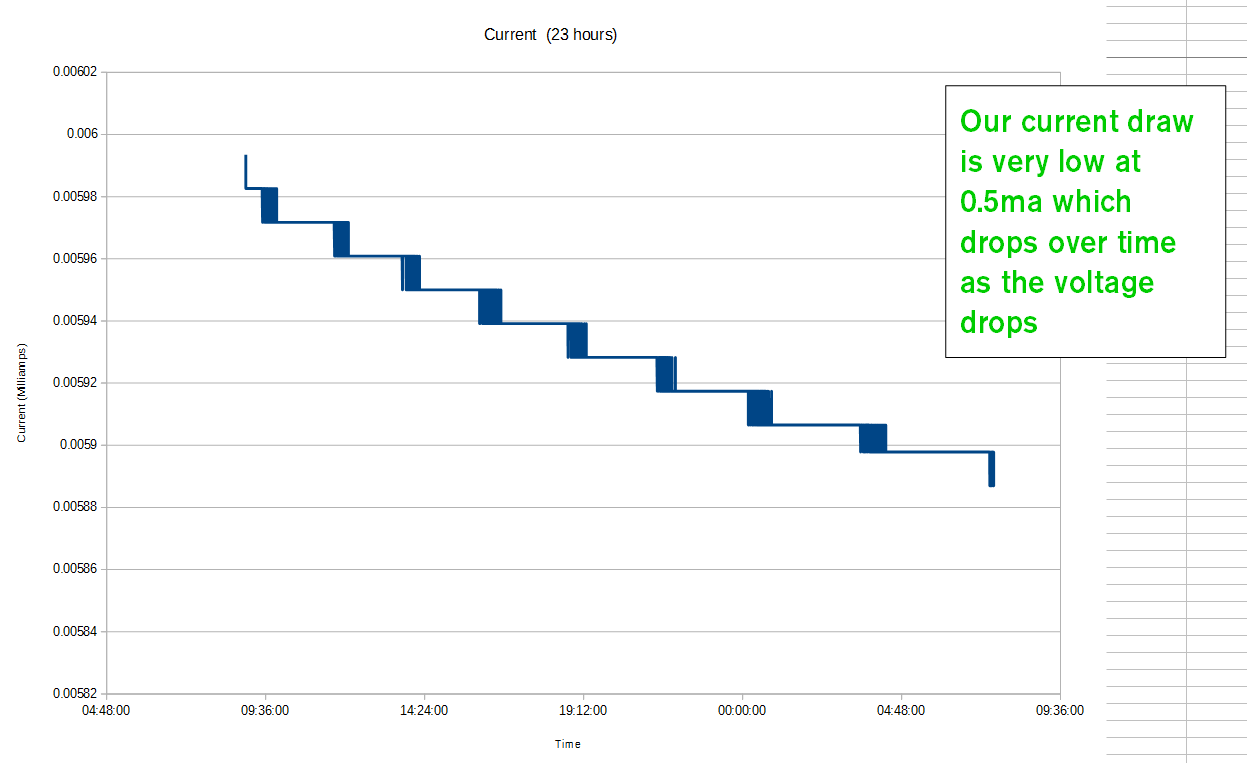
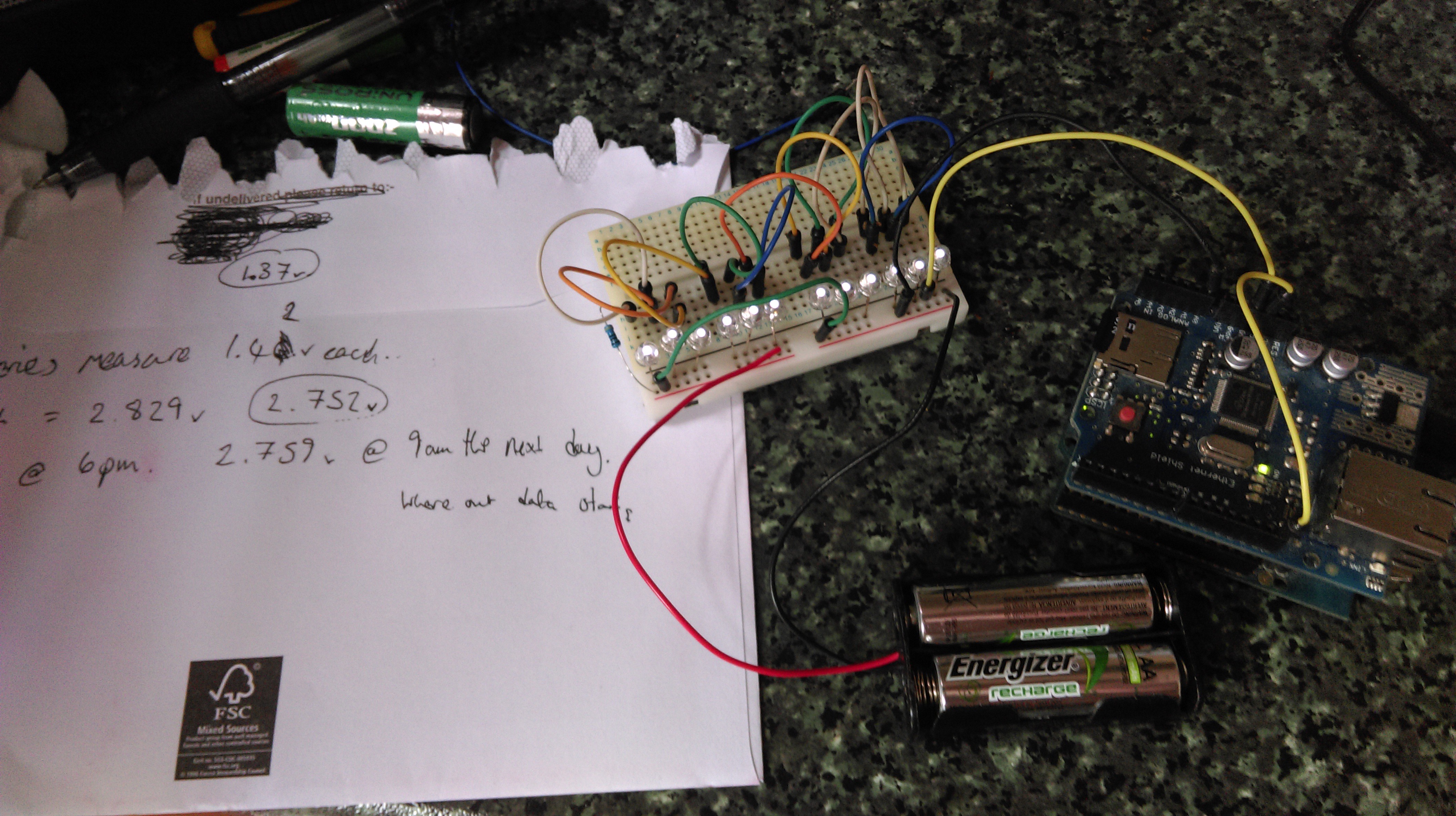
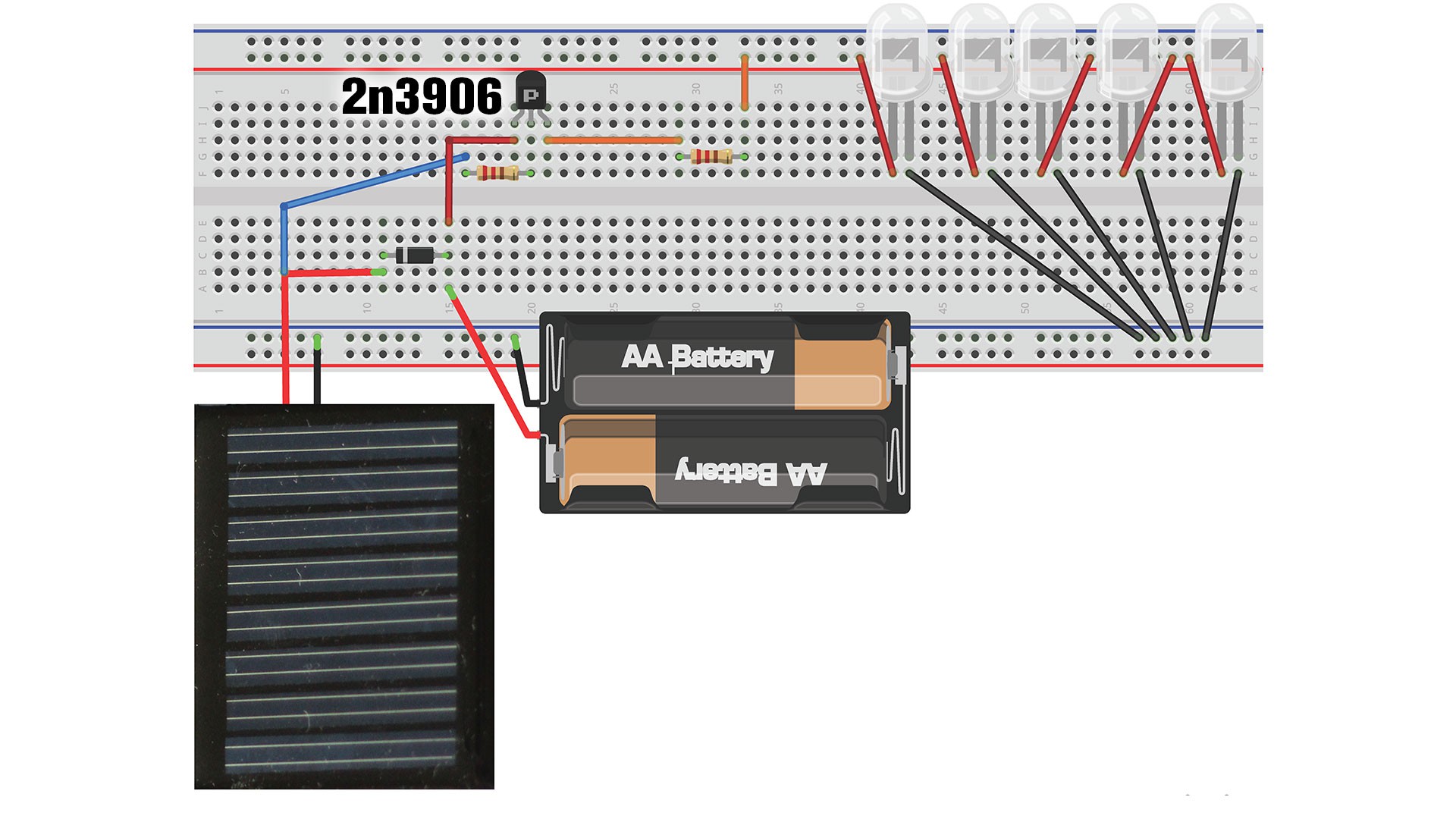





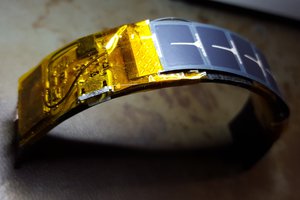
 DrYerzinia
DrYerzinia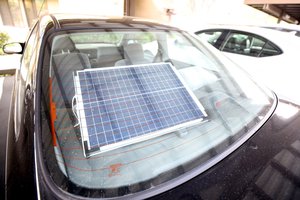
 lion mclionhead
lion mclionhead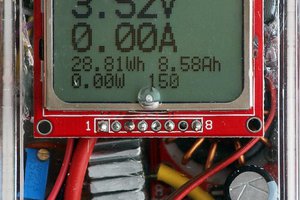
 mr.jb
mr.jb